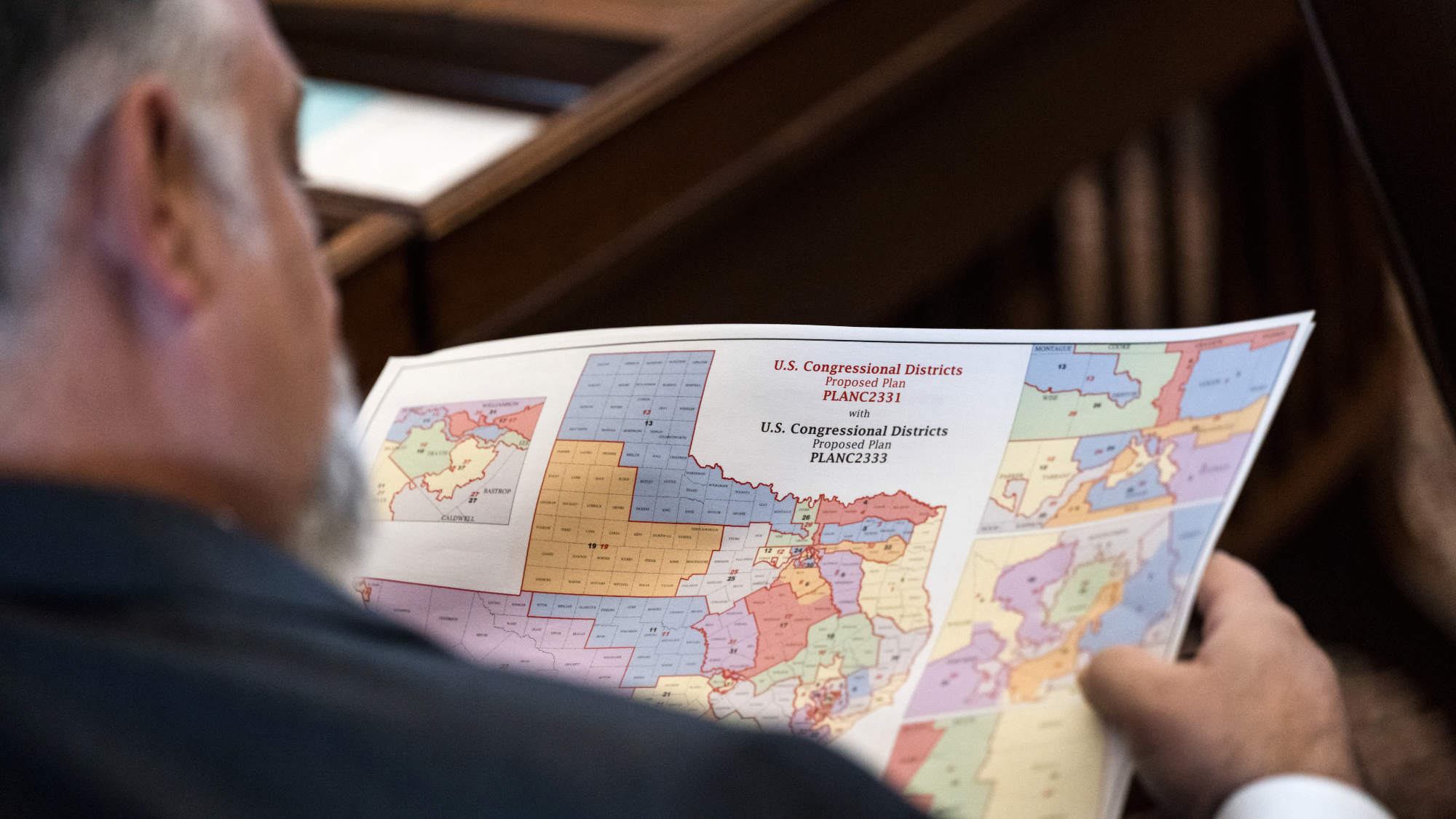22 ways al Qaeda tries to avoid death-by-drone
A newly uncovered list advises jihadists to "hide under thick trees," plus more sophisticated methods to thwart drone warfare


When al Qaeda militants fled Timbuktu, Mali, in January, chased out by French forces, among the things they left behind was a manila envelope with some photocopied instructions on how to avoid getting blown up by U.S. drone strikes. The Associated Press found the list in a regional tax office occupied and then abandoned by the North African offshoot of the terrorist organization al Qaeda in the Islamic Maghreb. (Read the entire document, translated by the AP, below. Read the AP article here.) The tip sheet was written by Abdallah bin Muhammad, a senior commander of the Yemen-based faction al Qaeda in the Arabian Peninsula, in June 2011, about a month after Osama bin Laden was killed by U.S. forces.
Tip No. 10 — "hide under thick trees because they are the best cover against the planes" — is believed to have originated with bin Laden himself, though it seems like a pretty obvious idea. The other 21 "tactics of deception and blurring" include similarly simple tips — No. 9: "Hide from being directly or indirectly spotted, especially at night" — but also some pretty sophisticated ideas for jamming or misleading the drones (No. 2: Use "devices that broadcast frequencies or pack of frequencies to disconnect the contacts and confuse the frequencies used to control the drone. The mujahideen have had successful experiments using the Russian-made 'Racal'") and a few fairly improbable schemes (No. 18: Create "fake gatherings such as using dolls and statutes to be placed outside false ditches to mislead the enemy").
"These are not dumb techniques," U.S. Air Force Col. Cedric Leighton, who helped set up the Predator drone program, tells the AP. "It shows that they are acting pretty astutely." The tips won't thwart all drone attacks, especially by newer and more sophisticated models, but "it buys them a little bit more time — and in this conflict, time is key." All in all, says Taylor Berman at Gawker, "the list probably comes in handy when being hunted by killer robot planes."
The Week
Escape your echo chamber. Get the facts behind the news, plus analysis from multiple perspectives.

Sign up for The Week's Free Newsletters
From our morning news briefing to a weekly Good News Newsletter, get the best of The Week delivered directly to your inbox.
From our morning news briefing to a weekly Good News Newsletter, get the best of The Week delivered directly to your inbox.
The list isn't new, though this may be the first time it has been translated into English, and it has been published at least three times on jihadist internet forums, according to French researcher Mathieu Guidere. That in itself is kind of worrisome, CIA veteran Bruce Riedel tells the AP. "This new document... shows we are no longer dealing with an isolated local problem, but with an enemy which is reaching across continents to share advice."
The preface to the list also shows that al Qaeda has a pretty clear-eyed understanding of what they're up against, and the context for America's drone strategy. Here's Abdallah bin Muhammad:
To start with, we have to know that the Americans did not resort to this approach — The War of the Drone — because they have shortages in the combat jets like the F16 and other types or they don't possess enough troops, but because it is the most suitable approach for them now. The Americans fully realize that they are in the 10th year of war and that they were economically exhausted and suffered human losses and they were confronted with public pressure backed by the Congress in a way that it made the honorable and responsible withdrawal from the war as a prime goal of the White House.... The drone is unmanned and cost nothing compared to the manned jets and it does not create public exasperation when it crashes because the increase of human losses in the past pushed the American people to go to the streets shouting "bring back our sons" and if a drone crashes, no one will shout "bring back our planes."
And the eye-grabbing tips for avoiding death-by-drone are only one part of a three-pronged plan. The other two involve using drone warfare to turn public opinion against America. One: "We start kidnapping Western citizens in any spot in the world... and the only demand is the halt of attacks on civilians in Yemen, which is a just and humanitarian demand that will create world support and a public opinion pressure in America." The other: Hunting down the spies that help guide the drone strikes from the ground:
The drones used in the attacks in Swat Valley [of Pakistan] depend on electronic chips or radioactive dyes placed at the target by the spy or the agent, then the guided missiles come directly toward these targets. The spy, therefore, is the main pillar of this operation which needed to resort to decisive deterrent means against anyone who might dare to carry out this mission and to be hanged in public places with a sign hanging from his neck identifying him as an "American Spy."
Some of the tips and advice are outdated, and others are impractical, but according to the residents of Timbuktu and other Malian towns liberated by the French, al Qaeda is using them, and they are working. Read the entire 22 tips in the document below:
A free daily email with the biggest news stories of the day – and the best features from TheWeek.com
Peter has worked as a news and culture writer and editor at The Week since the site's launch in 2008. He covers politics, world affairs, religion and cultural currents. His journalism career began as a copy editor at a financial newswire and has included editorial positions at The New York Times Magazine, Facts on File, and Oregon State University.
-
 Trump tightens restrictions for work visas
Trump tightens restrictions for work visasSpeed Read The length of work permits for asylum seekers and refugees has been shortened from five years to 18 months
-
 Stopping GLP-1s raises complicated questions for pregnancy
Stopping GLP-1s raises complicated questions for pregnancyThe Explainer Stopping the medication could be risky during pregnancy, but there is more to the story to be uncovered
-
 Supreme Court revives Texas GOP gerrymander
Supreme Court revives Texas GOP gerrymanderSpeed Read Texas Republicans can use the congressional map they approved in August at President Donald Trump’s behest
